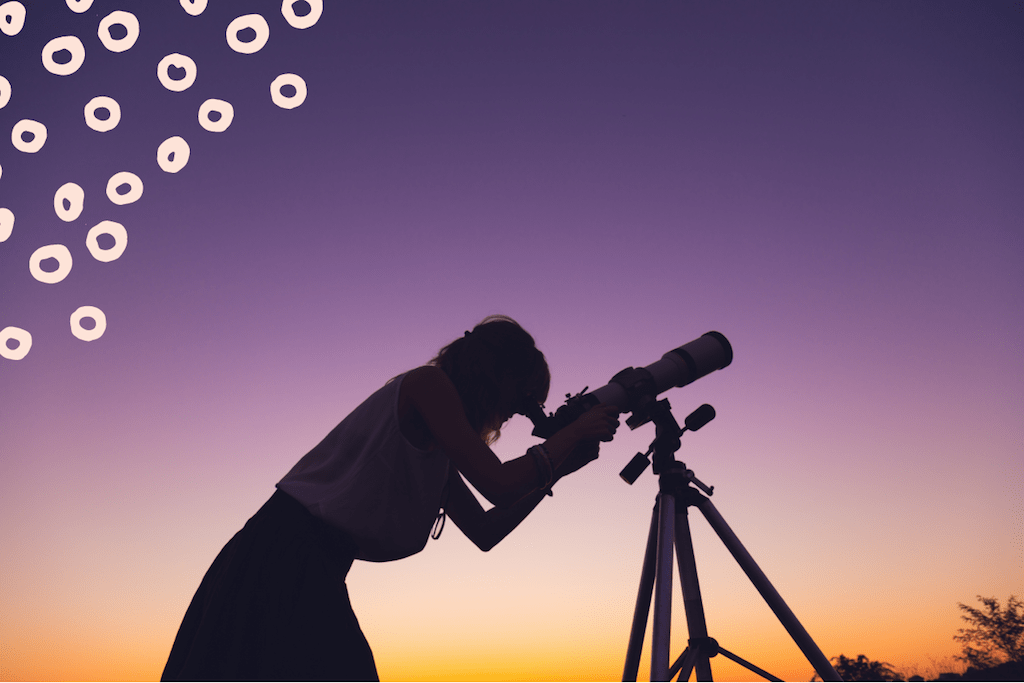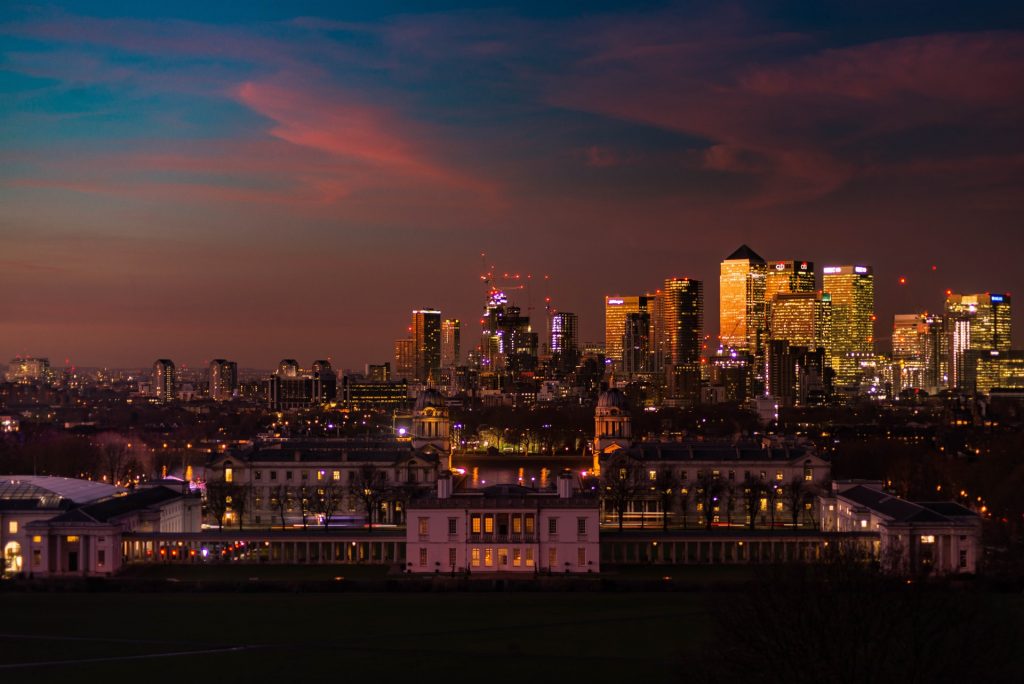Whether you’re an amateur or an expert, astronomy can be one of the most satisfying hobbies to pursue. Having the entire universe as an object of study and the solar system at the end of your telescope is mind-blowing.
Although it may initially seem intimidating to those without a scientific background, there are plenty of activities for you and your family to enjoy all year round. Here are just a few of them; these 5 fun activities for astronomy fans.
DARK SKIES FESTIVAL
National Parks are some of the darkest places you can visit in the UK, and you can celebrate the beauty of our skies at one of the many festivals that are held throughout autumn and winter.
Dark Skies festivals are designed to entertain and delight everyone who loves the night sky, the planets, stars and astronomy. There’s something for everyone, from night-time activities like caving, running, walking, cycling and stargazing to daytime events where you can learn more about constellations or how to build a rocket.
There are also many activities for families, first-time stargazers, those who want to expand their astronomy knowledge, or even activities to learn astrophotography. Festivals run late into the year, and many more are held between January and February, so there’s always plenty of festivals to choose from if you want to get your fill of our starry skies.
PERSEIDS METEOR SHOWER
The Perseid meteor shower is one of the most dramatic annual celestial events you can see in the night sky between July and August. Called Perseids, as the meteors seem to originate from the constellation of Perseus, it is a favourite for meteor hunters due to its high hourly rate and bright meteors.
Those hoping to observe the meteor shower can look out for the event wherever they are as it can be seen easily without special equipment and in light-polluted locations. However, there are certain types of places that will increase your chances of spotting the meteors, and it’s essential to plan ahead by checking the weather forecast; this is because a cloudy evening could ruin your plans to experience this fantastic celestial occurrence.
Heading out into the countryside or to one of the UK’s many national parks will give you the best chance of seeing the shower, but you can also head to a local park and turn your back to the street lamps to get a better view if you are unable to travel. Once you’re ready, give yourself around 15 minutes to adjust to the dark, as this will help you spot even the faintest of meteors during the Perseid meteor; this means no mobile phones. As the meteors can appear in any part of the sky, for the best experience, find a spot where you can see as much of the night sky as possible.
While telescopes and binoculars are not necessary, and many people opt to watch the meteor shower without them to avoid restricting the size of the visible sky, there are many astronomical targets to keep an eye out for that would radiate through a telescope.
If you’re going to head to a national park, some of the best in the UK, the guys over at carbon rental company Camptoo tell us that there are the best places to see the meteorite:
- Tomintoul and Glenlivet, Cairngorms – This remote area in the north of Scotland offers a secluded area to take in the dark skies and star gaze for the longest period of time in the UK.
- Coll – Another remote area of Scotland, Coll is an island off the west coast by the Isle of Mull.
- Northumberland National Park -A well-travelled place in the north east of England, Northumberland is a popular spot amongst walkers and camper.
- Galloway Forest – Another area of Scotland worth visiting is Galloway Forest, just west of Dumfries. It was the first area in the UK to be recognised as a Dark Sky Park.
- Snowdonia National Park -The national park around Wales’ largest mountain has the most campsites on our list, with 137 different sites to choose from for travellers if you’re camping.
- Other destinations recommended include Elan Valley, Exmoor National Park, Sark Island and Brecon Beacons.

WORLD UFO DAY
Every year, in late June or early July, lovers of astronomy, space and the unknown mark World UFO day. Many countries observe this day as 24th June because this was the day aviator Kenneth Arnold reported seeing nine unusual objects flying over the state of Washington, though the World UFO Day Organisation, or WUFODO, established the official date as 2nd July.
You could, of course, celebrate it twice in quick succession!
On UFO day, many celebrate what they believe was an alien spacecraft crash that allegedly occurred in the summer of 1947 at Area 51, Roswell, New Mexico, and was subsequently covered up by the US government. Others look to the moon landing, as it is also widely accepted by many in the UFO community that something happened in regards to the moon landing race and that there may have even been aliens involved. For more information, check our UFO Insight and this article on returning to the Moon.
The WUFODO aims for UFO day to raise awareness about the possibility of the existence of UFOs and intelligent beings from outer space. Various celebrations take place all across the world for many reasons, but according to WUFODO, on UFO day, people are encouraged to look at the sky and try to identify UFOs.
In the UK, many people celebrating UFO day take their families to Liverpool, which is often referred to as the UK’s alien hotspot, with more sightings here than anywhere else in the country. Others head out into the countryside for night-time stargazing in the hope of seeing something more exciting. Whatever you choose to do on UFO day, there’s plenty of fun activities for astronomy fans to enjoy.
STARGAZING
Stargazing is a magical and inexpensive way to get started with astronomy or backyard astrophotography and provides a fantastic activity for experts and novices alike. Many of the night’s wonders can be seen with the naked eye, so you don’t need any special equipment for your first attempt, but if you want a better experience, many first-timers take binoculars to get more out of the experience.
If you’re an expert, you probably already have the kit you need. Still, if you’re new to astronomy, it’s worth investing in a telescope along with a decent camera and tripod in order to capture the best moments.
A star chart or an app showing a map of the night sky will be one of the best tools to help you get more out of stargazing, showing you the constellations you’re looking at by assisting you in identifying their stars. If you’re new to using sky charts or maps, to get started, first identify Polaris, the Pole Star, which is always due north.
For the best stargazing in the UK, consider a trip to our best observatories which include the The Island Planetarium near Yarmouth, The Spaceguard Centre in Powys near the Welsh Marches and the Kielder Observatory which is located in the UK’s largest International Dark Sky Park.
PLANETARIUMS
Planetariums were first created at the beginning of the 20th century as a way to reconstruct and map the night sky as accurately as possible. Today, planetariums have been technologically improved to provide immersive experiences for people all around the globe.
The first modern planetarium was built by Zeiss in 1930 following a request from Max Wolf, who was an astronomer and director of the Heidelberg Observatory at the time. Nowadays, there are countless planetariums worldwide, and there are about 40 planetariums in the United Kingdom, alone.
Planetarium shows are both exciting and educational, providing the opportunity to learn about the diverse and wondrous things that exist beyond our earth, including the Moon, comets, stars, planets, and the Northern Lights.
These shows are ideal for avid astronomers, family, and those curious about the experience, with many going back for more once they have their first taste of the excitement as planetariums capture the imaginations of all ages.
The Royal Observatory in Greenwich, London is arguably one of the best planetariums in the UK. Here, you can enjoy a wide variety of shows including ‘The Sky Tonight’, a classic guide to the night sky presented by the Royal Observatory Greenwich astronomy.
Thinktank, Birmingham’s award winning science museum, offers a 4k planetarium system which makes you feel completely immersed in the solar system, while another great place to explore space is Armagh Planetarium in County Armagh, Northern Ireland, which is the longest running planetarium in the British Isles.

TOTAL LUNAR ECLIPSE
One of the most exciting activities to experience as a fan of astronomy is a total lunar eclipse. When the earth is directly between the Sun and the Moon, and the Moon lies in the earth’s shadow, an eclipse of the Moon occurs. In order for a total lunar eclipse to transpire, all three must lie in a straight line; this means that the Moon needs to pass through the darkest part of the earth’s shadow, which is known as the umbra.
Total lunar eclipses don’t happen often, but astronomy fans are in luck as the next total lunar eclipse will occur on 16th May 2022, and will be visible over parts of Europe and Africa, most of North America, and all of South America.
While those in the UK will not be able to see every aspect of the eclipse, they will still be able to see the lunar eclipse in totality when the Moon turns red. If you’re interested in witnessing the next total lunar eclipse, you will need to have an early start to your day, as the Moon will begin to enter the earth’s shadow shortly after 02:30 BST, and the full eclipse will happen just before 04:30 BST.
Although the eclipse lasts for more than five hours, ending at approximately 07:50 BST, observers in the UK will only be able to view the eclipse between 02:30 and 05:10 BST as the Moon will be below the horizon after this period.
Happy stargazing!





